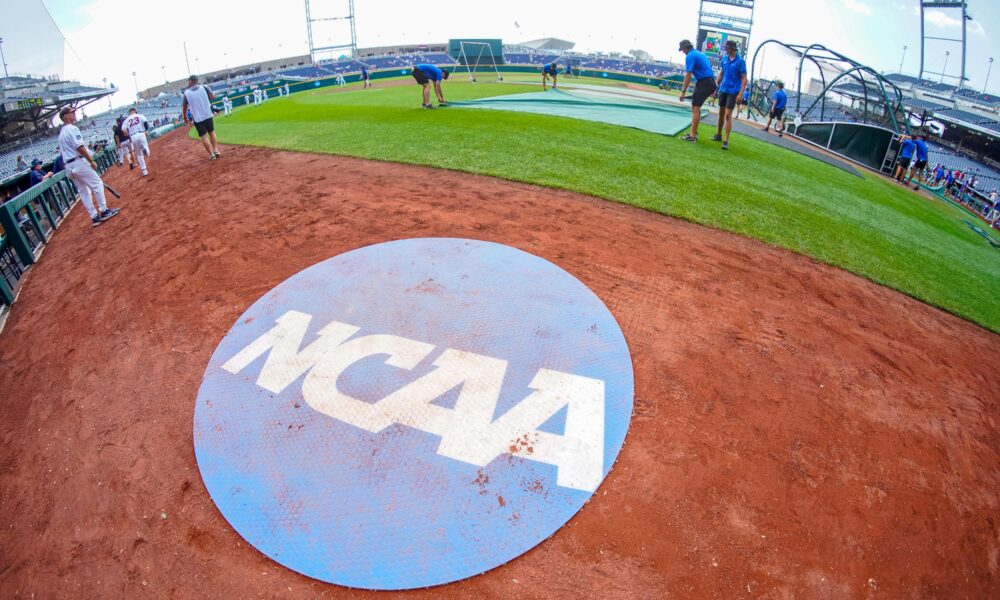CLEMSON — The NCAA vs House Settlement will go into effect on Tuesday, July 1, signaling a new era for college athletics. The settlement is supposed to mark a significant shift, formally ending the NCAA’s long-standing amateurism model and allowing for direct payment to athletes.
The settlement calls for damages to former athletes, too, as the NCAA, along with the SEC, Big Ten, ACC, Big 12 and the Pac 12 agreed to pay $2.8 billion in damages to former athletes who were prevented from earning compensation for their name, image and likeness (NIL) prior to 2021. This will be paid out over the next 10 years.
Starting on Tuesday, Division I schools that opt-in to the settlement can directly compensate student-athletes up to a revenue-sharing cap, initially set at $20.5 million per school. This cap is expected to increase annually.
The settlement also dealt with NIL rule modifications, as the NCAA can still restrict NIL payments from school-associated entities like booster collectives, while other third parties can enter NIL deals with student-athletes. These deals must be reported and approved by the school as part of a fair-market value.
However, the last part of the settlement might take a hit thanks to Friday’s United States Supreme Court ruling in the Trump v. CASA, Inc., case. This ruling primarily addressed the use of nationwide injunctions, a legal tool lower courts had used to block some of President Donald Trump’s policies.
The ruling against nationwide injunctions affects the NCAA because many such injunctions have been granted against its rules in recent years, particularly in cases involving NIL. For example, a Tennessee federal district court had previously issued a nationwide injunction preventing the NCAA from enforcing its NIL rules.
While the House settlement aims for stability, potential future conflicts could arise, particularly related to Title IX and how revenue is distributed between male and female athletes.
Twelve female athletes are in the process of appealing the House settlement, which was finalized on June 6. The women are arguing the structure of damages payments violates Title IX’s gender equity statute.
On June 11, CBS Sports reported eight athletes have signed onto the motion to appeal and at least six of whom were women that played at the College of Charleston. Two others are from Vanderbilt and Virginia.
Despite the appeals, the NCAA is optimistic the settlement ruling by Judge Claudia Wilken will be upheld.
As CBS Sports reported, the House settlement used a formula to determine how to distribute money. Football and men’s basketball athletes who received full scholarships at Power Five schools from June 15, 2016, to Sept. 15, 2024, are set to receive 90 percent of the more than $2 billion settlement. Women’s basketball athletes will receive 5 percent, and all other athletes will split the remaining 5 percent.
The female athletes filing the appeal are part of the third class. Most played volleyball or soccer at their respective schools.
Wilken wrote in the settlement approval that there’s nothing in the settlement itself that forces schools to contradict Title IX. She overruled objections that specifically claimed the settlement itself did not properly follow Title IX.
Instead, the settlement left the defining of Title IX compliance up to the schools and governing bodies.
